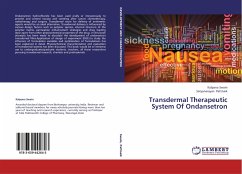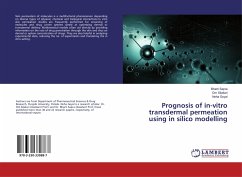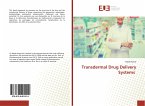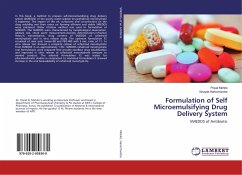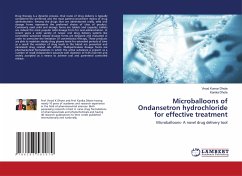Ondansetron hydrochloride has been used orally or intravenously to prevent and control nausea and vomiting after cancer chemotherapy, radiotherapy and surgery. Transdermal route for delivery of antiemetic agents would be an ideal alternative. Transdermal delivery is influenced by various design factors such as polymer species, internal structure of the polymer matrix, permeation enhancement strategies and drug loading dose apart from other physicochemical properties of the drug. In this book attempts has been made to elucidate the development of ondansetron transdermal films.Application of design of experiment (DOE) to study the influence of formulation variables and optimization of formulations has been explained in detail. Physicochemical characterization and evaluation of transdermal systems has been discussed. This book would be of immense use to undergraduate/graduate students, teachers, all those researchers pursuing transdermal research, chemists and professionals.
Hinweis: Dieser Artikel kann nur an eine deutsche Lieferadresse ausgeliefert werden.
Hinweis: Dieser Artikel kann nur an eine deutsche Lieferadresse ausgeliefert werden.

